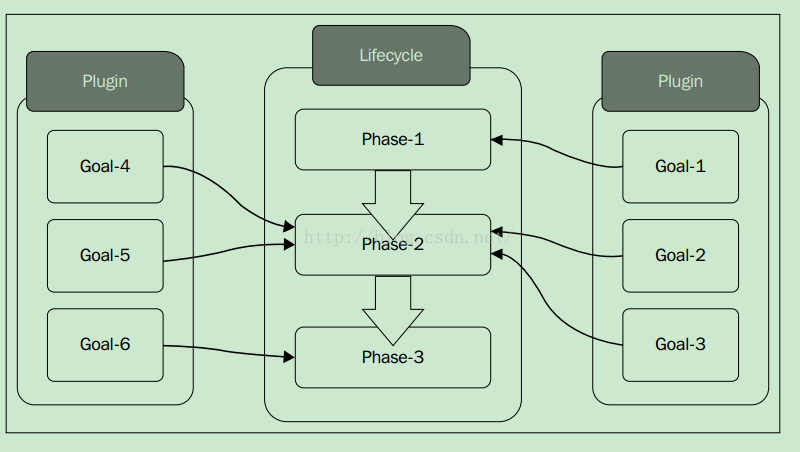A snapshot version in Maven is one that has not been released.
The idea is that before a 1.0 release (or any other release) is done, there exists a 1.0-SNAPSHOT. That version is what might become 1.0. It’s basically “1.0 under development”. This might be close to a real 1.0 release, or pretty far (right after the 0.9 release, for example).
The difference between a “real” version and a snapshot version is that snapshots might get updates. That means that downloading 1.0-SNAPSHOT today might give a different file than downloading it yesterday or tomorrow.
Usually, snapshot dependencies should only exist during development and no released version (i.e. no non-snapshot) should have a dependency on a snapshot version.
The snapshot is not necessarily more stable: it is just the latest build. The snapshot precedes the actual release, it does not come after it. Indeed, version numbers typically do not refer to branches
When you build an application, Maven will search for dependencies in the local repository. If a stable version is not found there, it will search the remote repositories (defined in settings.xml or pom.xml) to retrieve this dependency. Then, it will copy it into the local repository, to make it available for the next builds.
For example, a foo-1.0.jar library is considered as a stable version, and if Maven finds it in the local repository, it will use this one for the current build.
Now, if you need a foo-1.0-SNAPSHOT.jar library, Maven will know that this version is not stable and is subject to changes. That’s why Maven will try to find a newer version in the remote repositories, even if a version of this library is found on the local repository. However, this check is made only once per day. That means that if you have a foo-1.0-20110506.110000-1.jar (i.e. this library has been generated on 2011/05/06 at 11:00:00) in your local repository, and if you run the Maven build again the same day, Maven will not check the repositories for a newer version.
Maven provides you a way to can change this update policy in your repository definition:
<repository>
<id>foo-repository</id>
<url>...</url>
<snapshots>
<enabled>true</enabled>
<updatePolicy>XXX</updatePolicy>
</snapshots>
</repository>
where XXX can be:
always – Maven will check for a newer version on every build;
daily – the default value;
interval:XXX – an interval in minutes (XXX)
never – Maven will never try to retrieve another version. It will do that only if it doesn’t exist locally. With the configuration, SNAPSHOT version will be handled as the stable libraries.
Updating Maven Snapshots are helpful during development where the maven first looks for local version of snapshot and adds to working set but still we get a build error we can force update snapshots which gets the snapshots from the repository

